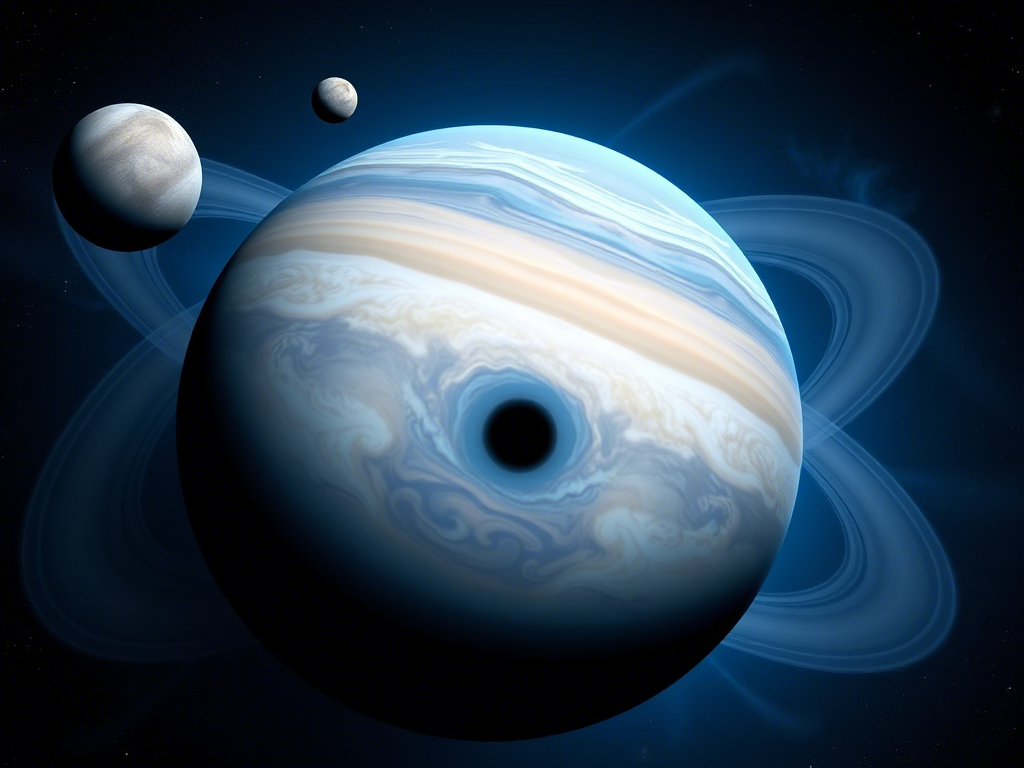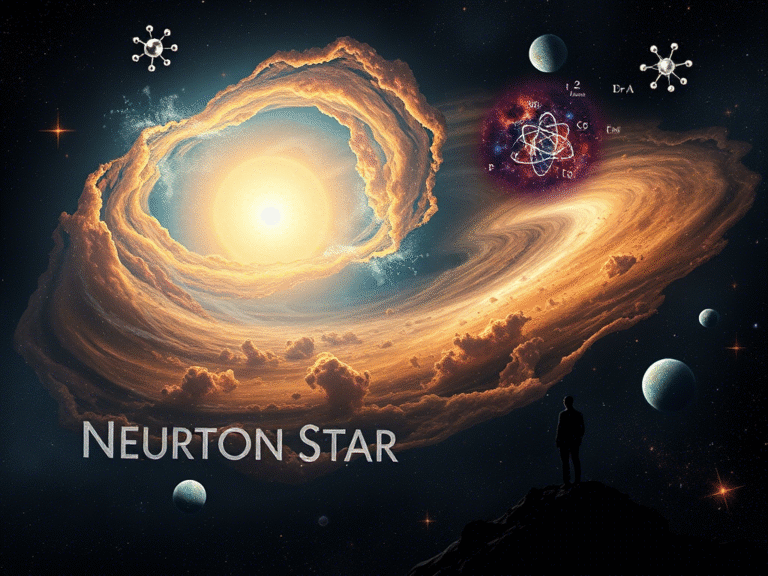
Webb Telescope Reveals Surprising Skies on Sub-Neptune Worlds
For years, sub-Neptune planets have been a mystery to astronomers. These worlds — smaller than gas giants like Neptune but larger than Earth — are the most common type of planet in our galaxy. Yet none exist in our own solar system, and until recently, we knew almost nothing about what they’re made of.
That’s changing fast thanks to NASA’s James Webb Space Telescope (JWST) .
In a new study, scientists used Webb to analyze the atmosphere of TOI-421 b , a hot sub-Neptune orbiting close to its star. Unlike many similar planets, which are hidden under thick clouds or haze, TOI-421 b has surprisingly clear skies — giving researchers a rare look into its atmospheric chemistry.
The data revealed chemical signatures that challenge what we thought we knew about how these planets form and evolve. Could this planet belong to a new category of “hot sub-Neptunes”? Or is it just the first glimpse into the vast diversity of exoplanets waiting to be discovered?
With Webb’s powerful instruments, scientists are now closer than ever to answering these big questions — and rewriting the story of planetary systems beyond our own.
For years, astronomers have been puzzled by a type of planet that’s common across the Milky Way but completely absent from our own solar system: sub-Neptunes . These planets are bigger than Earth but smaller than Neptune, and many of them appear to be rich in gas and hidden under thick layers of haze.
Despite being the most frequently observed type of exoplanet, their true nature remained out of reach — until now.
With the help of the James Webb Space Telescope (JWST) , scientists have begun to study these elusive worlds in detail for the first time. In a recent breakthrough, JWST analyzed TOI-421 b , a hot sub-Neptune orbiting a distant star, revealing new insights into its atmosphere.
“I’ve waited my whole career for a telescope like Webb,” said Eliza Kempton , the study’s lead researcher from the University of Maryland. “Now we can finally start understanding how these planets form and why they don’t exist in our solar system.”
Why Sub-Neptunes Have Been So Hard to Study
Before Kepler began discovering these planets over the past decade, scientists didn’t even know they existed. Because they’re much smaller than gas giants and cooler than so-called “hot Jupiters,” earlier telescopes struggled to get clear readings.
One major challenge was that most sub-Neptunes appeared to have flat or featureless spectra — meaning when light passed through their atmospheres during transit, it showed no clear chemical fingerprints. Scientists believed this was due to thick clouds or hazes blocking the view.
Now, with Webb’s powerful infrared instruments, researchers are finally starting to see through the haze — and what they’re finding is rewriting planetary science.
A Clear View of a Hot Sub-Neptune: TOI-421 b Defies Expectations
For the first time, scientists have gotten a clear look at the atmosphere of a sub-Neptune planet — and what they found is surprising.
TOI-421 b is a hot sub-Neptune orbiting a Sun-like star. Unlike most planets in its class, which are often hidden under thick clouds or haze, this one has clear skies . That’s because it’s hotter than a key temperature threshold (~1,340°F / ~725°C), where complex chemical reactions that create haze can’t take place.
“We chose to observe TOI-421 b because we suspected it might be free of haze,” said Eliza Kempton, lead researcher from the University of Maryland. “And for once, we were right.”
What Webb Saw in the Atmosphere
Using the James Webb Space Telescope (JWST), the team detected clear signs of several gases:
- Water vapor
- Carbon monoxide (tentative detection)
- Sulfur dioxide (also tentative)
- And most surprisingly — a hydrogen-rich atmosphere
The presence of hydrogen was unexpected. Earlier JWST observations of cooler sub-Neptunes suggested these planets tend to have atmospheres made of heavier molecules. But TOI-421 b appears to have an atmosphere more like those of giant planets in our solar system — dominated by lightweight hydrogen , similar to its host star.
A New Clue in Planet Formation
This discovery suggests TOI-421 b may have formed differently than the cooler sub-Neptunes studied so far. Its hydrogen-rich air hints that it could have gathered gas directly from the same material that formed its star — a process seen in gas giants like Jupiter.
It also raises new questions:
- Is TOI-421 b part of a new group of hot sub-Neptunes ?
- Or is it just another example of how diverse exoplanets can be?
Most sub-Neptunes observed so far orbit red dwarf stars , not Sun-like ones. So finding one around a star like ours adds even more variety to the growing picture of planetary systems beyond our own.
🔍 Key Takeaways:
- TOI-421 b is a hot sub-Neptune with a clear atmosphere — a rare find.
- It lacks the thick haze that blocks atmospheric views of most similar planets.
- Its atmosphere contains water vapor and is surprisingly rich in hydrogen .
- This suggests it may have formed differently than previously observed sub-Neptunes.
- Scientists hope to study more planets like it to understand how common such differences are.
🌌 Looking Ahead
“This opens a new window into studying sub-Neptunes,” said Davenport. “These hotter planets are easier to analyze — so focusing on them might help us learn faster about this mysterious but common type of world.”





